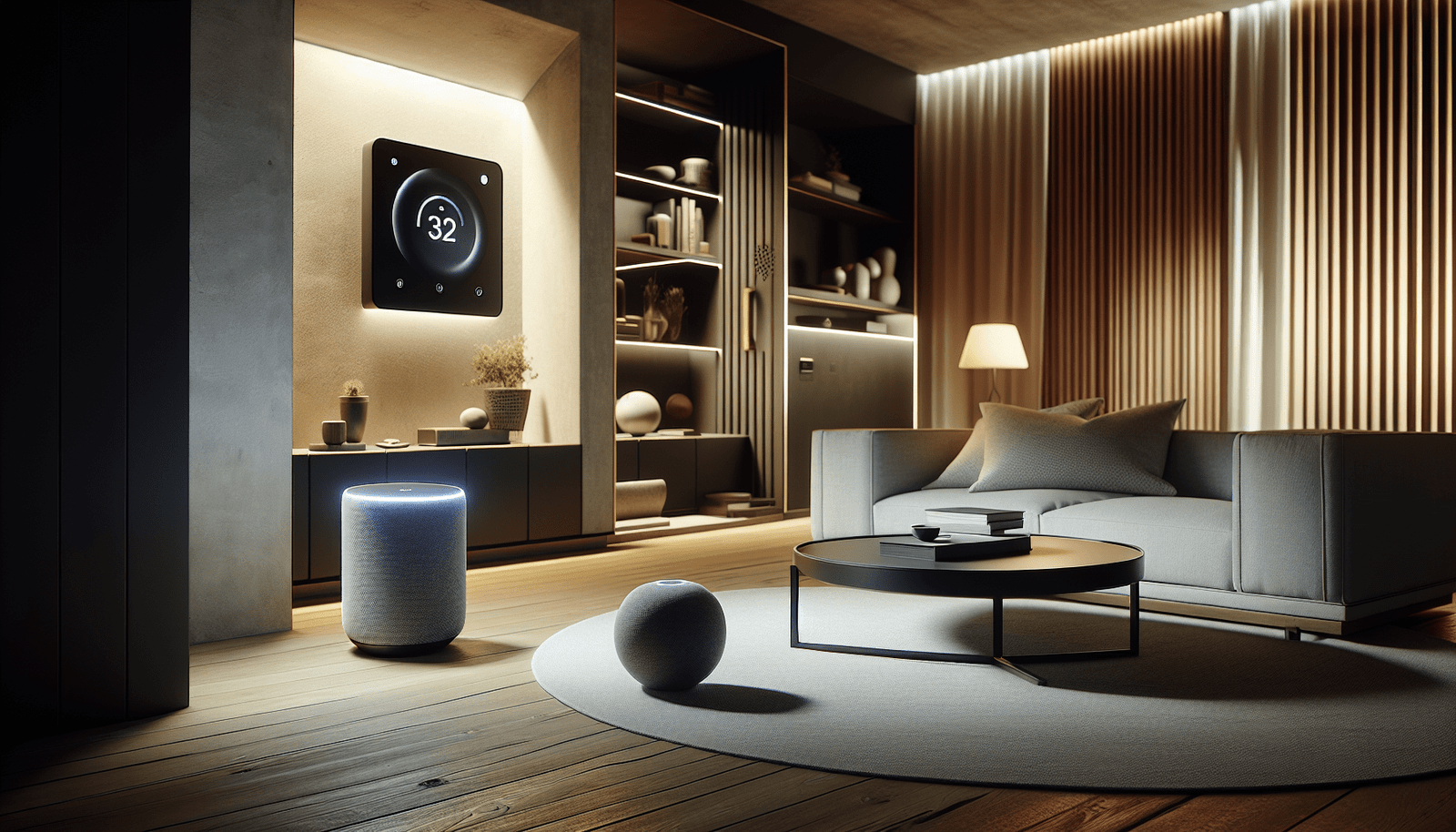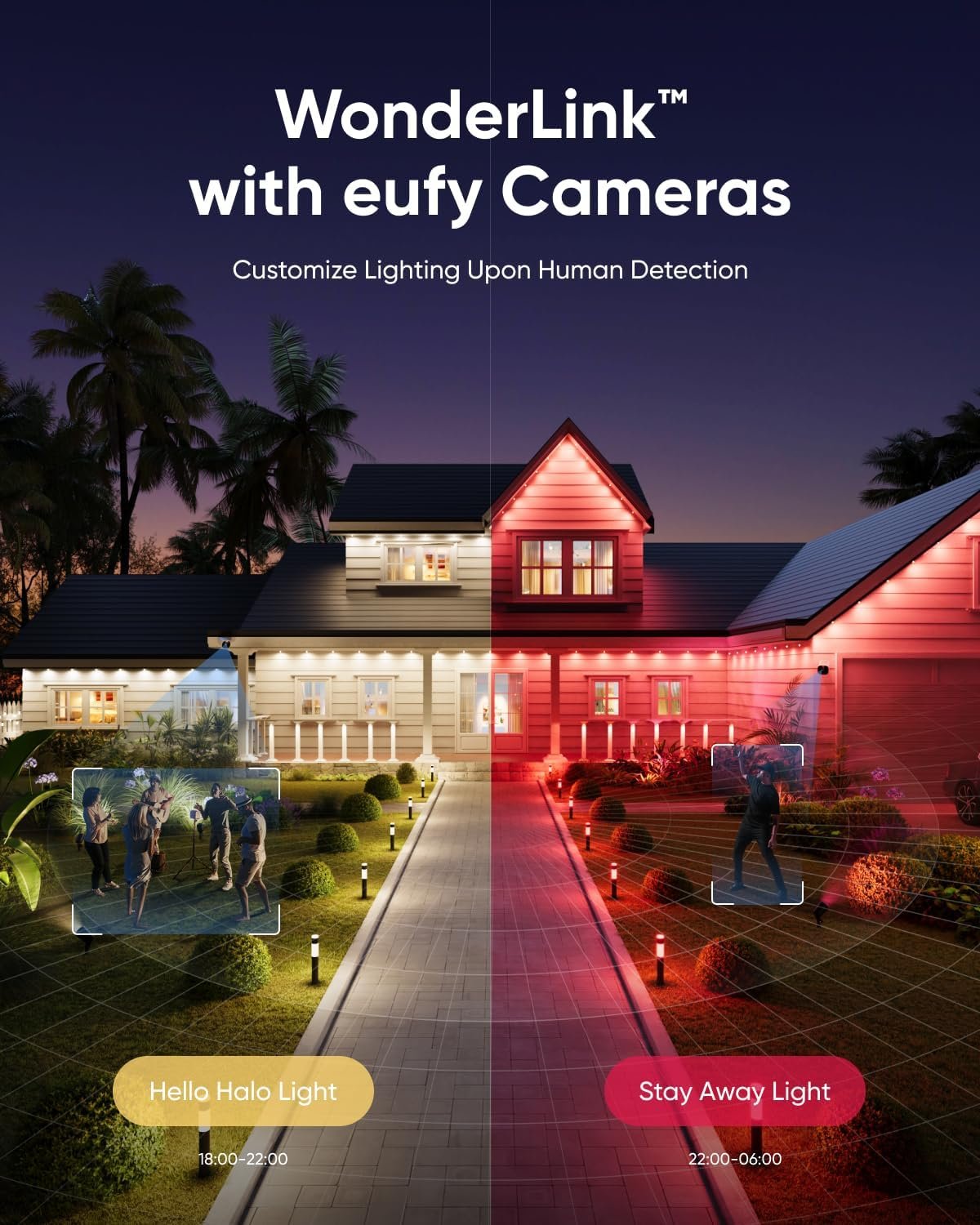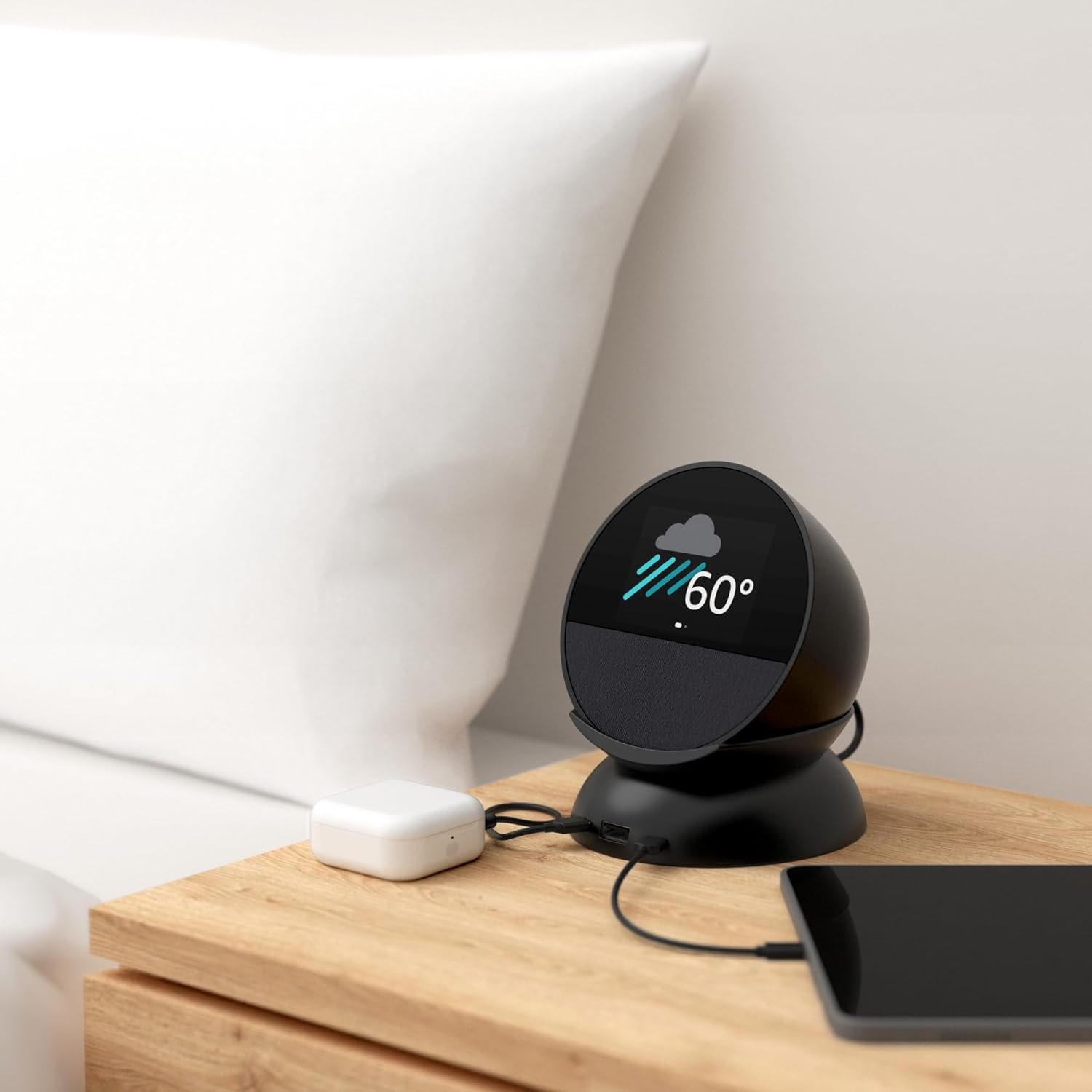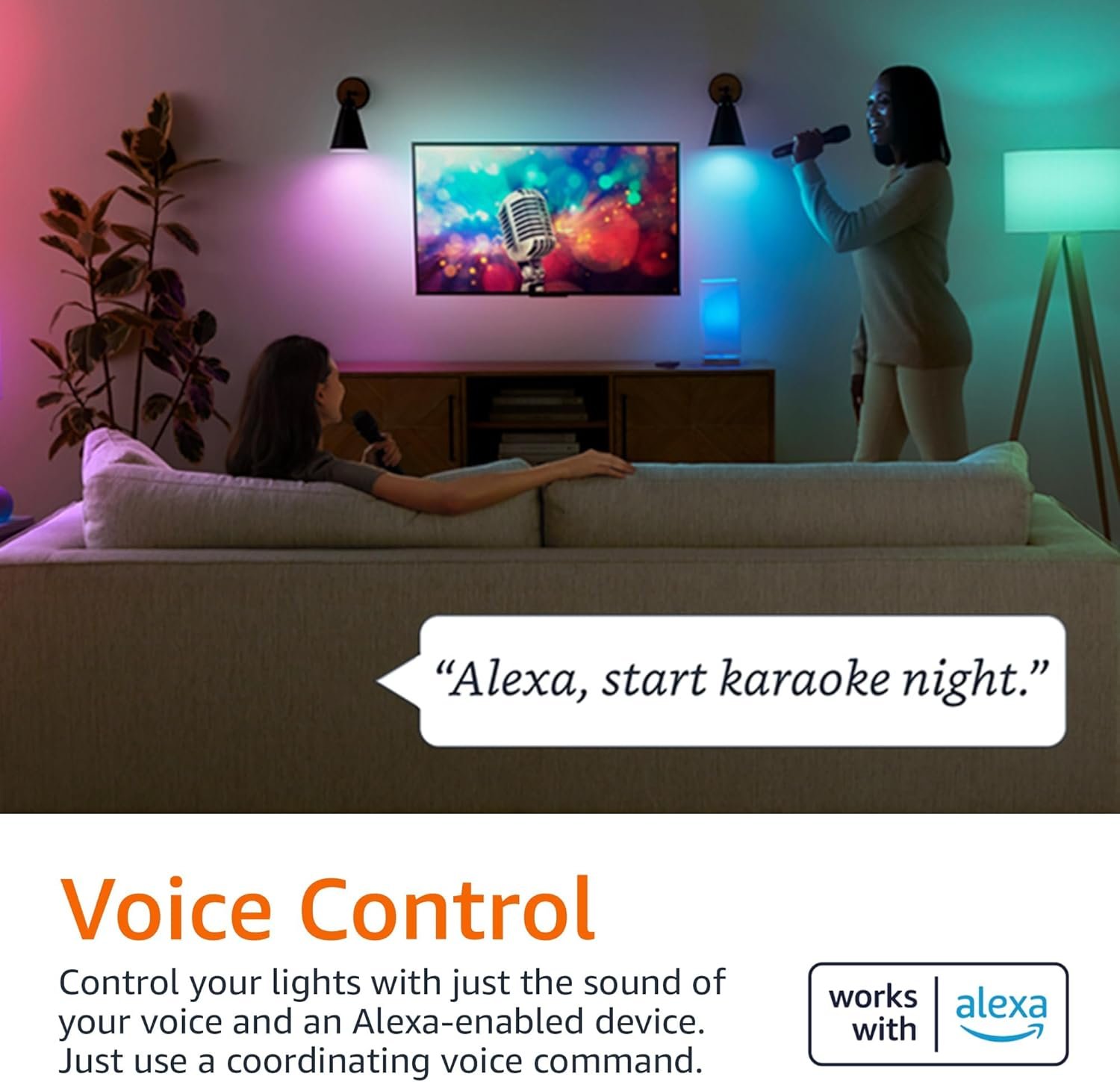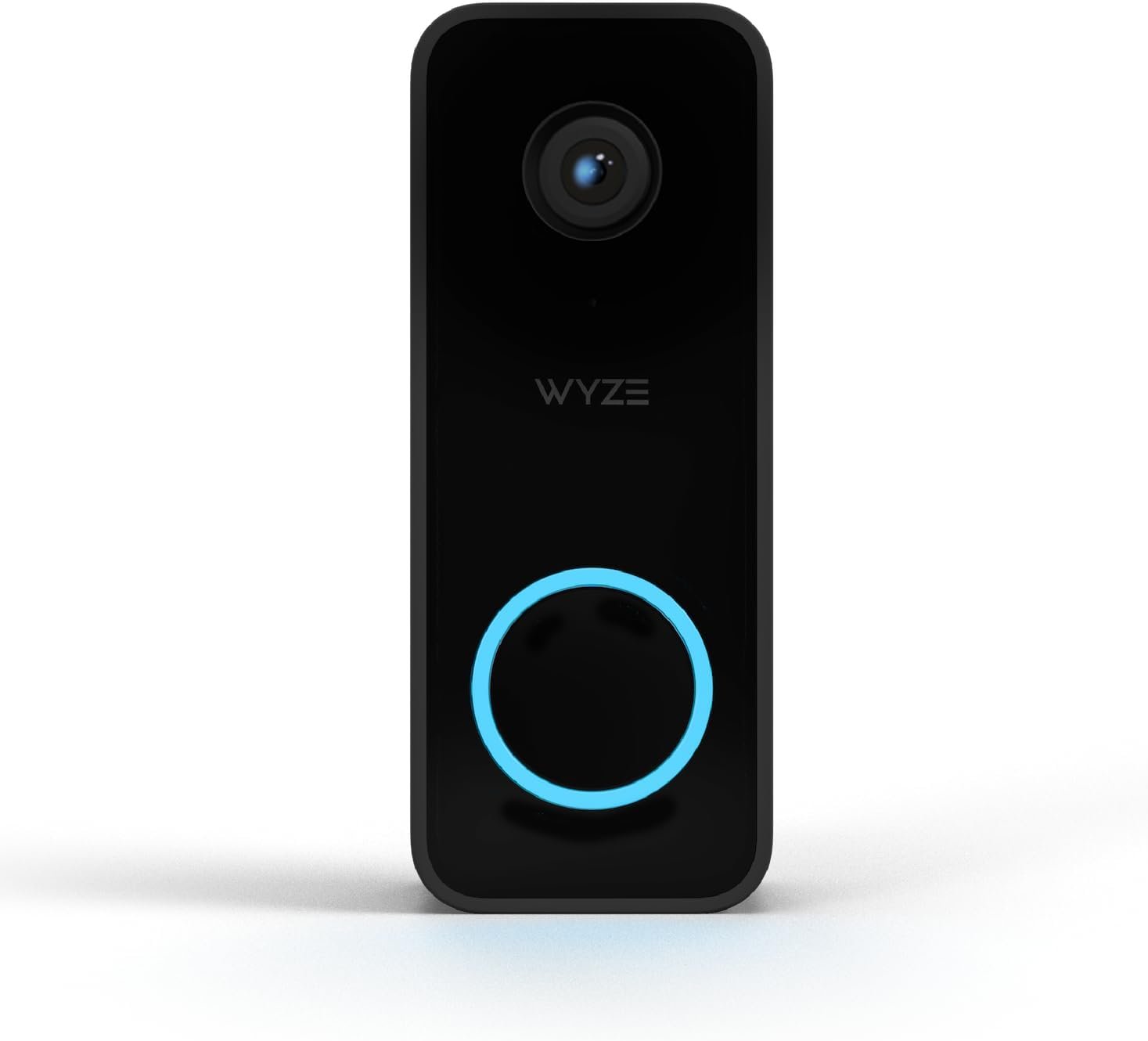Have you ever wondered how technology can transform your home into a smart living space? The concept of smart homes is no longer a futuristic vision—it’s a reality that is reshaping the way you engage with your living environment. By integrating various devices and systems, smart homes offer an unparalleled level of convenience, security, and efficiency. Let’s explore what makes these homes intelligent and what kind of technologies are available for you to consider.
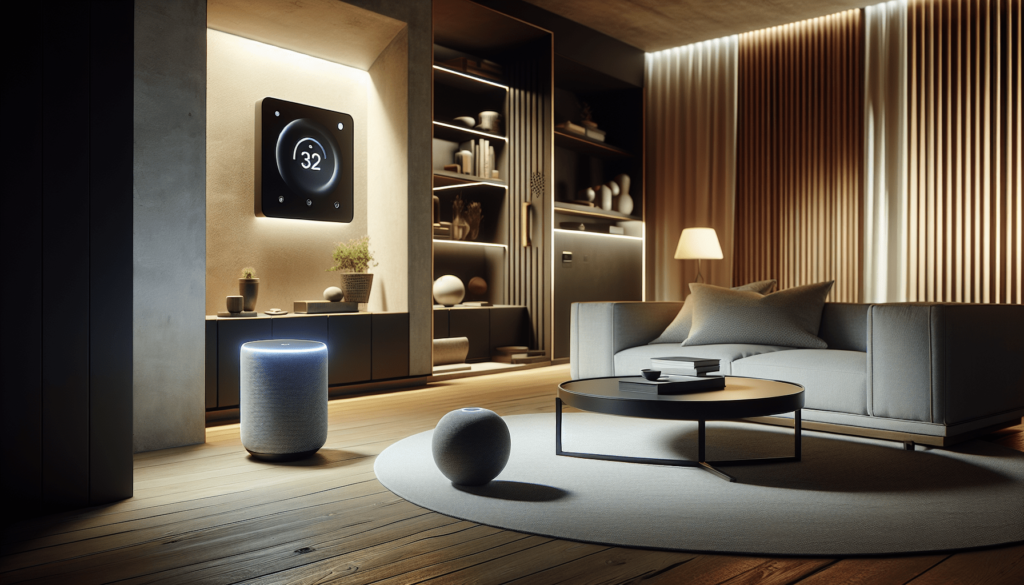
Understanding Smart Home Technology
Before you invest in smart devices, it’s essential to understand what smart home technology entails. Essentially, smart home technology refers to the integration of devices and appliances connected through the internet, allowing you to control your home remotely. These devices often come with automated features, making your home more responsive and efficient. You can control lighting, heating, security systems, and even home appliances with a tap on your smartphone or a voice command.
What Makes a Home “Smart”?
The defining characteristic of a smart home is connectivity. All devices and systems are linked together, offering seamless communication and interaction. This connectivity relies on wireless communication standards like Wi-Fi, Zigbee, and Bluetooth. These devices can learn from your routines and automate repetitive tasks, providing unmatched convenience and customization.
Examples of Smart Home Devices
With a variety of smart home devices on the market, it can be overwhelming to decide which ones are right for you. To make it easier, let’s break down some of the most popular examples.
Smart Speakers and Voice Assistants
Imagine walking into your home and adjusting the lighting or playing your favorite music with just your voice. Smart speakers like Amazon Echo with Alexa, Google Nest with Google Assistant, and Apple HomePod with Siri provide interactive control over various home functionalities through voice commands. They not only play music but also offer news updates, weather forecasts, and much more.
Smart Lighting
Lighting automation is an essential component of a smart home, and devices like Philips Hue and LIFX bulbs eliminate the need for traditional switches. You can dim lights, change their color, or schedule them to turn on and off at specific times, even when you’re not at home. Smart lighting not only creates a perfect ambiance but also contributes to energy savings.
Smart Thermostats
With a smart thermostat, managing your home’s temperature is a breeze. Devices like the Nest Learning Thermostat and Ecobee adapt to your schedule and preferences, optimizing heating and cooling patterns to save energy. They can be controlled remotely, ensuring that you always come back to a comfortable home environment.
Smart Security Systems
Security is a top priority for every homeowner, and smart security systems are designed to provide peace of mind. Systems like Ring and Arlo offer cameras with live feeds, motion detectors, and doorbell cameras that alert you to any suspicious activity. You can monitor your home in real-time regardless of your location.
Smart Appliances
The convenience of smart appliances cannot be overstated. Smart ovens, refrigerators, and washing machines from brands like Samsung and LG connect to the internet to provide enhanced functionality. A smart refrigerator can notify you when you’re running low on groceries, while a smart oven can start preheating before you get home.
Smart Locks and Doorbells
Smart locks such as August and Schlage allow you to control access to your home with your smartphone, ensuring that you never get locked out again. Similarly, smart doorbells with cameras can show you who is at the door, even if you’re not there to answer it.
Integrating Smart Devices into Your Home
Transitioning to a smart home involves more than just purchasing smart devices. It requires thoughtful planning and installation to ensure compatibility and functionality.
Choosing the Right Ecosystem
When setting up a smart home, the first step is to choose a platform that serves as the foundation for your devices. Common platforms include Apple HomeKit, Amazon Alexa, and Google Assistant. Each platform has its strengths and weaknesses, so you should select one that aligns with your preferred features and supported devices.
Installation and Setup
Installing smart devices doesn’t necessarily require a professional unless it involves complex wiring. Most devices come with user-friendly apps guiding you through the setup process. It’s as simple as synchronizing the device with your Wi-Fi network via the app and connecting it with your central hub or platform.
Creating Routines and Automations
Once your devices are set up, creating routines and automations is crucial. This involves setting rules for how and when devices should operate. For example, you can automate the lights to turn off when you leave the house or set the thermostat to adjust the temperature at bedtime.
Cost and Value Considerations
The cost of smart home technology varies according to the complexity and number of devices. It’s important to balance upfront costs with potential long-term savings and enhancements in lifestyle.
Upfront Costs vs. Long-Term Savings
While the initial investment in smart home technology can be significant, many devices offer long-term savings. Smart thermostats, for example, optimize energy use, potentially reducing your utility bills over time. Similarly, smart lights save electricity, eventually offsetting their initial cost.
Return on Investment
Evaluating the return on investment (ROI) is crucial, especially for real estate investors. Smart upgrades often increase property value and appeal to tech-savvy buyers. Streamlined security, energy efficiency, and modern conveniences are attractive aspects that can boost ROI.
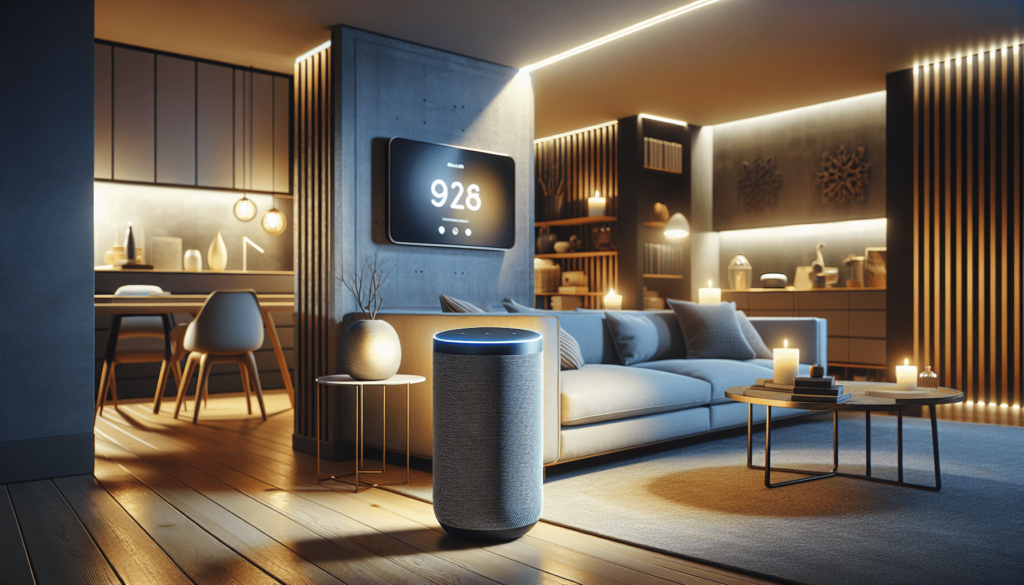
Security and Privacy Considerations
The integration of interconnected devices raises valid concerns regarding security and privacy. Ensuring your smart home remains secure is crucial to preventing unauthorized access.
Risks and Best Practices
Smart devices are vulnerable to hacking if not secured properly. Implementing best practices such as creating strong, unique passwords and frequently updating device firmware can mitigate risks. Also, consider enabling two-factor authentication (2FA) for an added layer of protection.
Data Privacy
Smart devices collect data to improve user experience and functionality. Understand and manage what data your devices collect and ensure that they comply with privacy standards that you’re comfortable with. Read privacy policies and take control setting preferences where possible.
Compatibility and Connectivity
One of the cornerstones of a smart home is device compatibility and connectivity. Ensuring all devices work harmoniously is key to unlocking the full potential of your smart ecosystem.
Seamless Connectivity
Most smart devices communicate over the internet and use communication protocols like Wi-Fi, Bluetooth, or Zigbee. Ensuring your home network is robust and secure is vital for smooth operations. Investing in a good-quality router can prevent connectivity issues and improve the performance of your devices.
Cross-Device Integration
Ensure the smart devices you purchase are compatible with your chosen ecosystem. Devices that can integrate seamlessly with your home automation system prevent frustrations related to fragmentation and miscommunication between devices.
Energy Efficiency and Sustainability
Smart home devices significantly contribute to energy efficiency and sustainability, essential for environmentally conscious individuals.
Reducing Energy Consumption
Automation and machine learning features in smart devices optimize energy use. For instance, smart plugs and power strips allow you to cut off power to appliances when they’re not in use, preventing energy wastage.
Sustainable Living
By adopting smart technology, you align your lifestyle with sustainable practices. Smart irrigation systems, for example, can conserve water by using weather forecasts to determine optimal watering schedules for your garden.
Future Trends and Innovations
The smart home industry is continually evolving, with emerging trends reflecting the rapid pace of technological advancement.
Artificial Intelligence and Machine Learning
AI and machine learning are making smart homes progressively intuitive. Future devices will predict needs, adjust settings based on habits, and learn preferences for improved personalization.
Augmented Reality and IoT
Augmented Reality (AR) combined with the Internet of Things (IoT) is set to revolutionize home automation, offering more interactive and immersive experiences. Imagine visualizing potential interior design changes through AR without making any physical adjustments.
Enhanced Security Features
As security remains a central concern, innovations will continue to enhance encryption, data protection, and user verification methods. Smart homes will likely incorporate advanced biometric verification methods for heightened security.
Determining If Smart Home Investments Align with Your Needs
Not every smart home solution will suit every individual. It’s crucial to assess your personal needs, lifestyle, and budget before diving into smart home upgrades.
Personal Needs and Lifestyle
Identify which aspects of home living can be enhanced through smart technology. If security is a top priority, consider investing in smart locks and surveillance systems. For maximizing comfort, focus on smart thermostats and lighting solutions.
Budget Assessment and Planning
Set a budget for your smart home upgrades. Prioritize devices based on immediate needs and incremental improvements. Often, starting small and gradually expanding your smart ecosystem allows for more manageable expenses.
Investing in smart home technology offers an exciting opportunity to transform the way you interact with your living space. As you explore various smart home devices, consider factors like installation costs, security, compatibility, and your personal preferences. Understanding the full potential of smart technology can help you make well-informed decisions that enhance your lifestyle while future-proofing your home.
